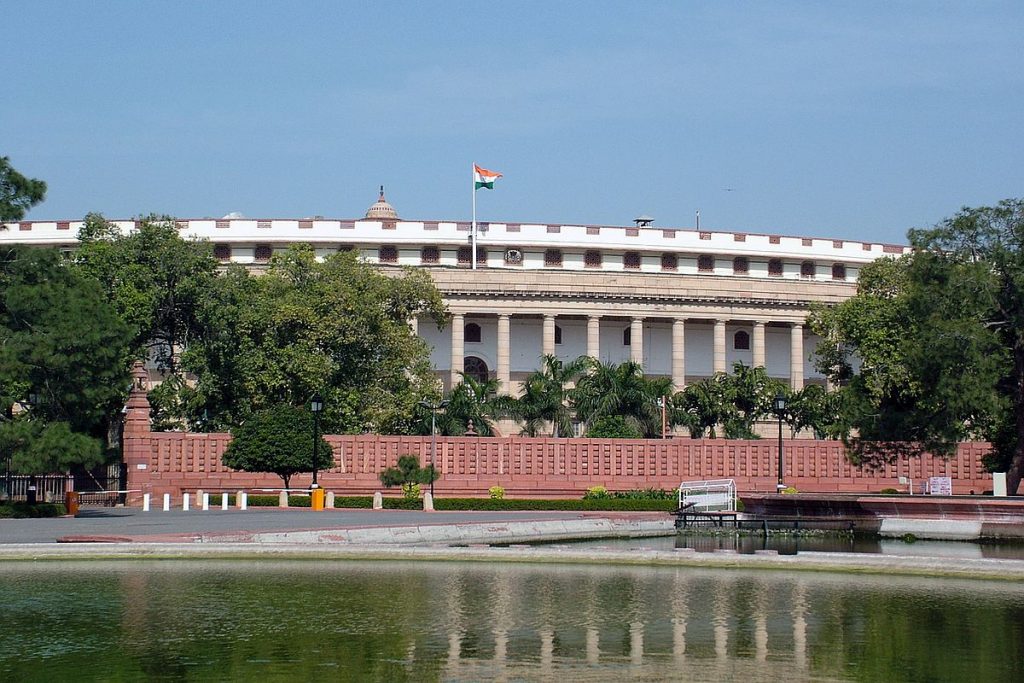
9 THE STATE LEGISLATURE
The Constitution provides for the establishment of a legislature in every State in the Union. Some States are bicameral, i.e. they have two Houses of Legislature. Others are unicameral, with only a single House. The Lower House is always known as the Legislative Assembly (Vidhan Sabha) and the Upper House, wherever it exists, as the Legislative Council (Vidhan Parishad). The Constitution provides for the abolition of the Legislative Council in a State where it exists as well as for the creation of such a Chamber in a State where there is none at present, by a simple procedure, namely, a resolution of the Legislative Assembly of the State concerned passed by a special majority (that is, a majority of the total membership of the Assembly not being less than two-thirds of the members actually present and voting), followed by an Act of Parliament.
Composition :- Legislative Council. The size of the Legislative Council shall vary with that of the Legislative Assembly, the membership of the Council being not more than one-third of the membership of the Council being not more than one-third of the membership of the Legislative Assembly but not less than 40. Until Parliament legislates on the matter, the Composition shall be as given in the Constitution, which is as follows: It will be a partly nominated and partly elected body, the election being an indirect one and in accordance with the principle of proportional representation by the single transferable vote.
Broadly speaking, 5/6 of the total number of members of the Council shall be indirectly elected and 1/6 will be nominated by the Governor. Thus,
1/3 of the total number of members of the Council shall be elected by electorates consisting of members of local bodies, such as municipalities, district boards;
1/12 shall be elected by electorates consisting of graduates of three years standing residing in the State;
1/12 shall be elected by electorates consisting of persons engaged for at least three years in teaching in educational institutions within the State, not lower in standard than secondary schools.
1/3 shall be elected by members of the Legislative Assembly from amongst persons who are not members of the Assembly.
The remainder shall be nominated by the Governor from persons having knowledge or practical experience in respect of such matters as literature, science, art, co-operative movement and social service (The courts cannot question the bonafides or propriety of the Governor's nomination in any case).
Legislative Assembly (Vidhan Sabha) :- The members of the Legislative Assembly are chosen by direct election. No State Assembly can have more than 500 members or less than 60, with the exception of some states such as Sikkim which has only 30. For the purpose of election the State is divided into as many territorial constituencies as there are seats in the Assembly. Normally, the number of voters in each constituency is around 1,00,000. The Governor has the power to nominate a member of the Anglo-Indian community if he is of opinion that they are not adequately represented in the Assembly. Such reservation will cease on the expiration or forty years from the commencement of the Constitution.
Duration of Legislature :- The normal life of the Assembly is five years. But it may be dissolved earlier by the Governor. In case of an emergency, its life may be extended by a law of Parliament for one year at a time but in any case not beyond six months after the proclamation of emergency has ceased to operate. The Legislative Council is a permanent body and renews one-third of its membership after every two years.
Qualification for membership :- A person shall not be qualified to be chosen to fill a seat in the Legislature of a State unless he (a) is a citizen of India: (b) is, in the case of the seat in the Legislative Assembly, not less than twenty-five years of age and, in the case of a seat in the Legislative Council, not less than thirty years of age; and (c) possesses such.
Other qualifications may be prescribed in that behalf by or under any law made by Parliament.
State Total Membership
Bihar 75
Jammu and Kashmir 36
Karnataka 75
Uttar Pradesh 100
Maharashtra 78
